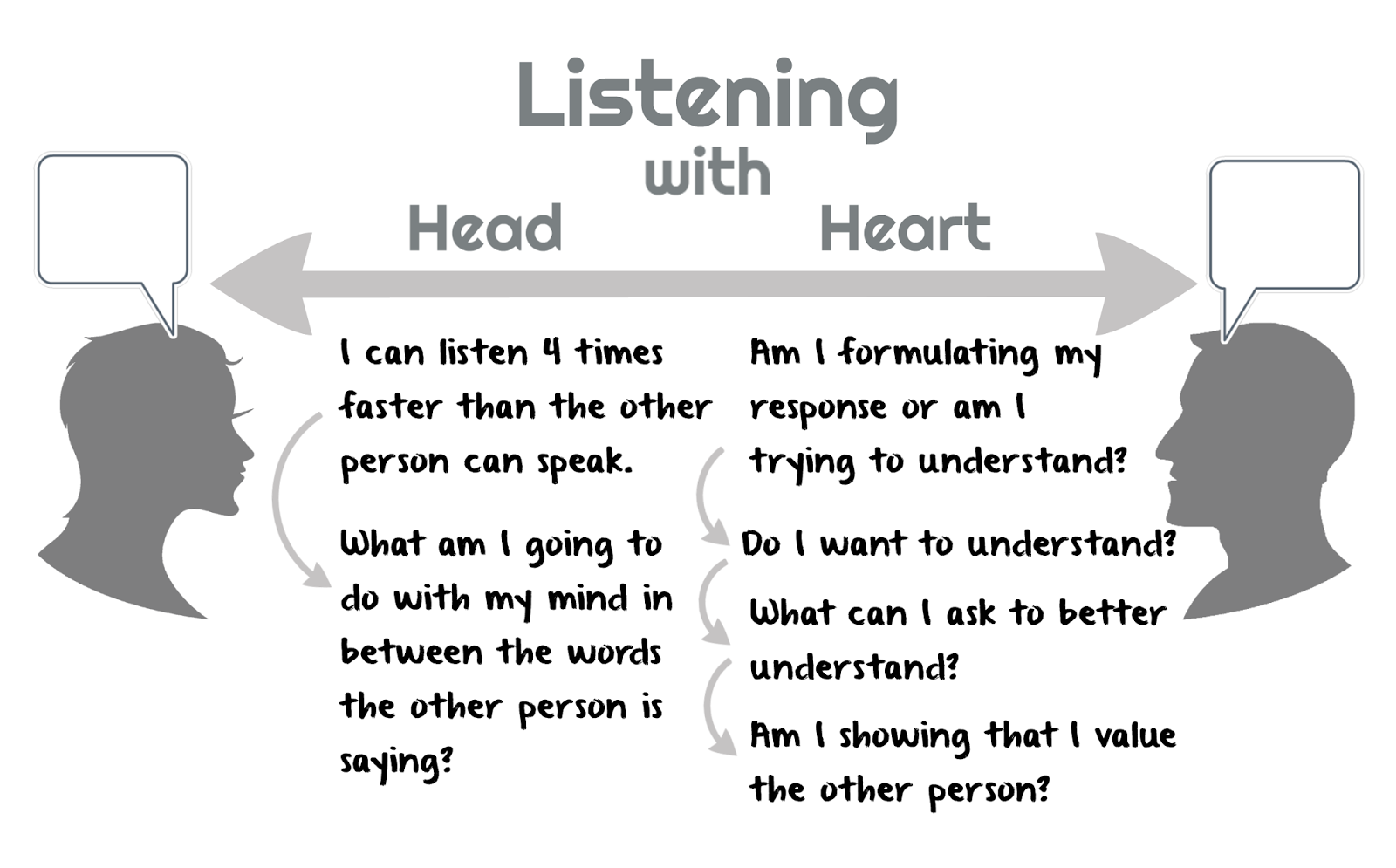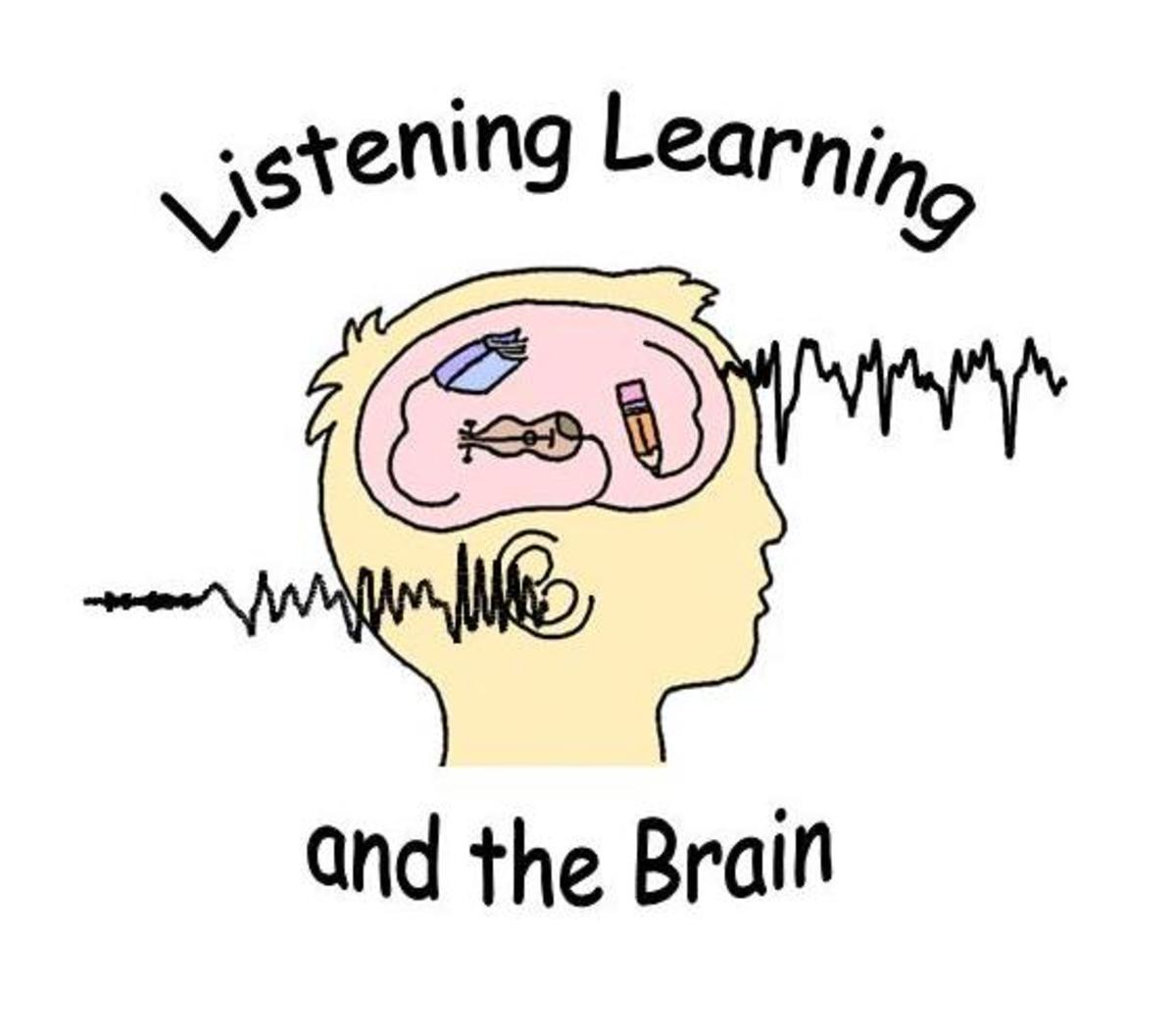

Listening is a process of communication, where if the person is not listening it can cause a break in communication. Listening requires concentration, deriving meaning from the sound that is heard and reacting to it.

Listening is a step further than hearing, where after the brain receives the nerve impulses and deciphers it, it then sends feedback. Listening also known as ‘active listening’ is a technique used in communication which requires a person to pay attention to the speaker and provide feedback.

Hearing occurs even in sleep, where the ear processes the sounds and passes them on to the brain, but the brain does not always react to the sound. A person who is unable to hear has a condition known as deafness. According to Merriam-Webster, hearing is “the process, function, or power of perceiving sound specifically: the special sense by which noises and tones are received as stimuli.” In hearing, vibrations are detected by the ear and then converted into nerve impulses and sent to the brain. Hearing is one of the five senses of a person and it is the ability to perceive sound by detecting vibrations through an organ such as the ear. Let’s put it this way, have you ever day dreamed in class? In this, though you were hearing the noise in the classroom, you did not listen to what the teacher was saying. You can hear someone without actually listening to anything. Hearing and Listening, though synonymous, are complete different things. Physical indicators include making eye contact, nodding your head from time to time, and leaning into the conversation.Key Difference: Hearing is one of the five senses of a person and it is the ability to perceive sound by detecting vibrations through an organ such as the ear. When you are listening to someone, these techniques will show a speaker that you are paying attention, providing you are genuine in using them. Sometimes just taking one step back or ceasing talking and getting the other person to talk to you instead, will be all it takes to ease the tension.
LISTENING VS HEARING FULL
The content (the words spoken) is one thing, but the way that people feel really gives full value to the message. Is the speaker happy, angry, excited, sad…or something else entirely? Responding to Feelings When we make a decision to listen for total meaning, we listen for the content of what is being said as well as the attitude behind what is being said. Active listening can be described as an attitude that leads to listening for shared understanding. This is not the same as hearing, which is a physical process, where sound enters the eardrum and messages are passed to the brain. It includes letting the speaker know that we are listening and that we have understood what was said. What is Active Listening?Īctive listening means that we try to understand things from the speaker’s point of view.

Strong management skills and good leadership qualities shine when we actively listen to people, letting them know that what they are saying is important and worthwhile.


 0 kommentar(er)
0 kommentar(er)
